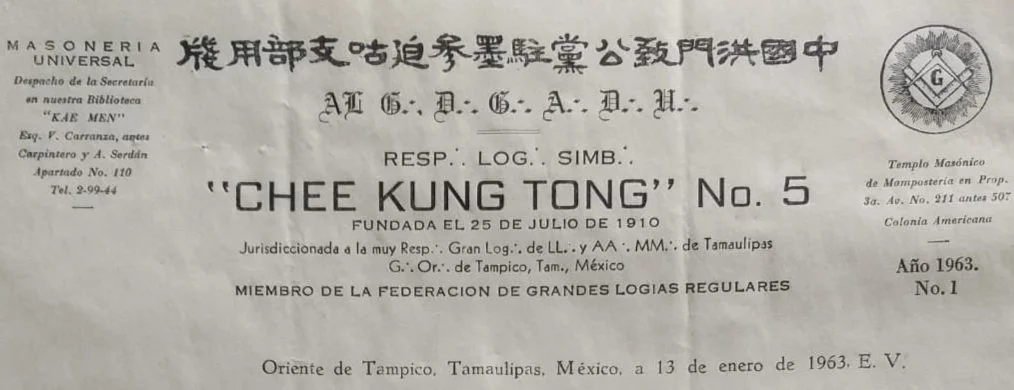4. From Secrecy to the Public Sphere
Translating Chinese Sworn Brotherhood Practices for Western Audiences
Albert Manke and Fredy González
Forum: Translation, Migration, Narrative
History and Theory 64, no. 3 (2025)
This essay reflects on how changing practices and knowledge repertoires of Chinese migrant associations in the Americas shaped translocal collective spheres in the asymmetric setting known as the Exclusion Era. In order to achieve this, we highlight certain aspects and layers of what Homi K. Bhabha has called “cultural translation,” which, in our case, was advanced through the agency, ideas, and practices of individuals who organized in Chinese sworn brotherhoods, a type of mutual aid association that prioritized secrecy and actively managing knowledge dissemination. As historians, we argue that an interdisciplinary analysis of these processes enables us to trace the evolving ways that migrants translated themselves and were translated transculturally, how they permeated (intentionally and unintentionally) sociolinguistic barriers, and how they communicated information in public and in private. This enables us to gain a clearer picture of the frameworks for mutual support, (non)shared knowledge, and dynamics of translation in migrant collectivities, whose members displayed creative agency while operating within powerful constraints. This makes for an innovative scholarly contribution that resides at the intersection of translation studies, history, migration studies, anthropology, and cultural studies.
Letterhead of a document from the Chee Kung Tong No. 5, 13 January 1963, box 31, Archivo de actas de la Ilustre, Digna y Sesquicentenaria Benemérita Respetable Logia Simbólica Los Fieles Obreros de la Baja California No. 189 (ADAIDSBRLSLFOBC189), La Paz, Baja California Sur, Mexico.

